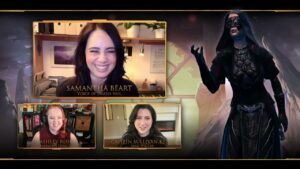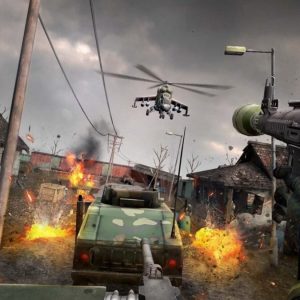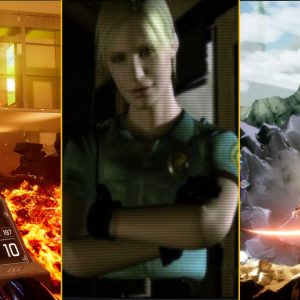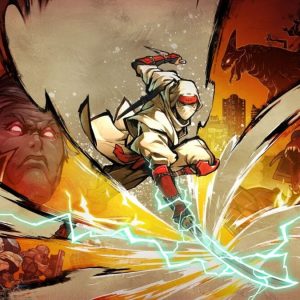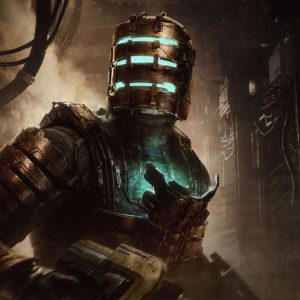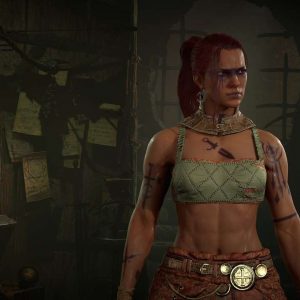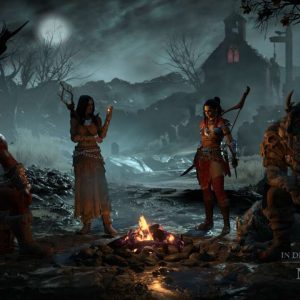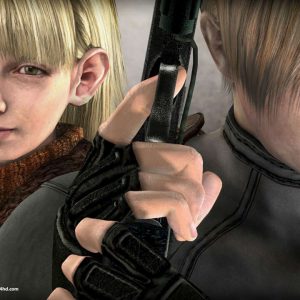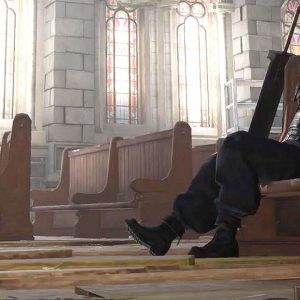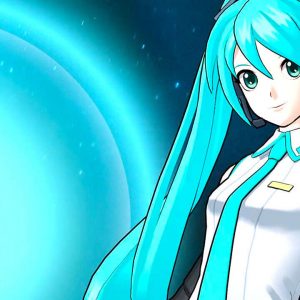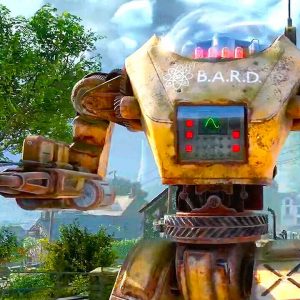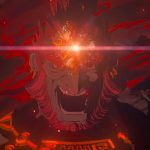
Amy Richau, writing at StarWars.com, goes behind the scenes of the creation of the Ghorman soundscape, one of Andor Season 2’s most important locations complete with its own language and unique anthem.
While Ghorman has been mentioned in previous Star Wars stories, including Andor’s first season and the Star Wars Rebels episode “Secret Cargo,” Andor Season 2 marks the world’s live-action debut. First seen (and heard) in Andor’s travelogue newsreel, series creator and executive producer Tony Gilroy led the creative team on the immersive building that would lead to a massacre in a city plaza, with composer Brandon Roberts and sound designers David Acord and Margit Pfeiffer joining forces to bring the sounds of the planet to the screen.
Ghorman is of great interest to the Empire…
We got our first glimpse of Ghorman in the Season 2 premiere “One Year Later,” when Director Orson Krennic played a short film about the planet’s textile manufacturing to a room full of ISB operatives. Roberts’ score for the short leaned into the idea of it as a tourism propaganda film and helped him establish the Ghor music with a “colorful, waltzy 3/4 Straussian feel.”
The travel video also introduced two instruments that can prominently be heard throughout most Ghorman scenes — the hammered dulcimer and the Hungarian cimbalom. These two unique string instruments were featured during the more lively parts of the score in Ghorman’s early appearances in Season 2 and can also be heard in the heist sequence and in Episode 8 “Who Are You?” leading up to the massacre where the sounds were pitched down two or three octaves for a darker version of the sound texture.
The music for the planet was also influenced by the vista shots of the main city and the nature around it which “dictated and communicated what the score might be and what the scenes could hold musically,” says Roberts. “Going back to the Ghorman tourism film, the big almost like Swiss alps vibe all hints to what could work musically and then the linchpin would up being the cimbalom player that added that extra bit of color – you can’t quite identify what is was so it didn’t feel too terrestrial or too grounded in a traditional waltz.”
Roberts shares credit for composing the series with Nicholas Britell, whose work is primarily heard in Season 1 as well as a handful of Season 2 episodes; Britell also co-wrote the Ghor anthem with Gilroy. “When you’re taking the reins from someone it’s incredibly beneficial to love their music,” notes Roberts, “and I’ve been a huge fan of Nicholas Britells’s music from even before he’d started on Andor. I was happy to try to do justice to it.”
Aiding Robert’s work in the series was his unique access to rough cuts of all 12 episodes from Andor’s second season, allowing him to watch the action before he began creating its score. “Normally TV schedules are so tight you’re writing music for episode one or two and they’re frantically editing the next few episodes,” says Roberts. “Even if you’ve read the scripts, it’s just not the same as seeing where it all goes from the editing to the pacing. It influences the music, obviously, so having that was huge upfront.”
“We Are the Ghor”
A large part of the sonic world of Ghorman came from the Ghor language — a fictional tongue created by Andor dialect coach Marina Tyndall. In addition to the language, Tony Gilroy and Nicholas Britell wrote the words and melody for the national anthem for the Ghor before filming began on Season 2. That patriotic piece would feature prominently in the lead up to the Ghorman massacre.
Early Ghorman scenes featuring Syril Karn and the Ghorman Front notably have lighter and more playful music before the story takes a much darker turn. “Speaking from a music front, it’s all that more jarring and hard to watch and listen to because the music has come from a place that was a little bit more fun,” Roberts says.
During the double heist sequence in Episode 6 “What a Festive Evening,” Kleya Marki removes a listening device from a Coruscant party as Vel Sartha and Cinta Kaz help members of the Ghorman Front steal an Imperial shipment of weapons on Ghorman. “We’re trying to build tension by ramping up each of those pieces as you cut back and forth,” says David Acord. The pulsing party music subtly calls to mind a ticking clock (see above clip), a note from producer John Gilroy, who regularly sat in the mix with Acord. John had the idea, “to have the sound of the carts sliding down the ramp into the sewers sort of rhythmically happening through the sequences,” Acord says.
The mounting tension all leads to the Ghorman massacre in Episode 8, “Who Are You?” when we see the Empire incite a deadly riot in the Palmo plaza. The lead up to the slaughter and the genocide itself was a highly complex sequence that required multiple teams to work together to find the right balance of music, dialogue, and sound effects
“Doom Bends”
Part of the emotional pull of the episode comes from musical moments Roberts described as “doom bends,” created from musicians playing basses and cellos. “You have the notes you want them to get to, but instead of them fingering the notes nicely, we’re having them slide from one to the other,” notes Roberts. “They give a kind of seasick feel. We wound up using microphones that were incredibly close which makes everything sound gritty and in your face. As the episode progresses we’re distorting everything a bit more to give this feeling subconsciously and musically of things going awry.”
For the massacre sequence in particular, Margit Pfeiffer emphasized the importance of building up to the climactic conflict. “You start low and you build in waves,” says Pfeiffer. “You cut back and forth and ramp up, otherwise it’s just all a wash of sound.” Pfeiffer likened the audio design to a tapestry. “As you go through these scenes, you weave in out of the sound design elements, the weaponry, the explosions, the KX units coming onto the plaza, the yelling, the aggression, and towards the end, it builds the desperation. You’ll feature the person or the weaponry, the gunshots, and then you want to hand off to the music a little bit to carry it.”
Read the full fascinating article with music and dialogue at StarWars.com, and stream Andor on Disney+ now.
The post The Making of Andor: The Sounds of Ghorman appeared first on Jedi News.




